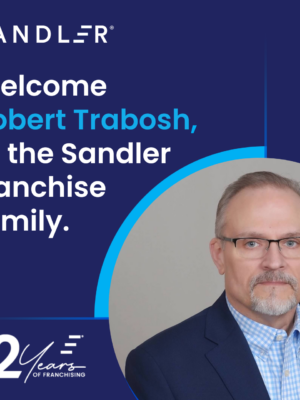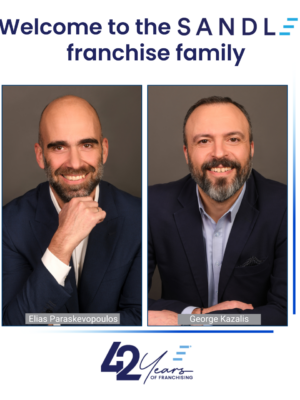Five Ways to Invest in Employee Development

Most of us who lead teams and organizations readily acknowledge that we should be doing more to invest in the personal and professional development of the people who report to us. We have a lot of responsibilities, we get busy, and, all too often, we don’t take action on this essential priority. With that problem in mind, consider this list of five highly effective ways you can take action today to invest in the ongoing development of employees.
- Send the person to an industry, professional, or trade event. A trade show, or the annual meeting of a relevant professional organization, can be a great opportunity to learn and grow. For instance, if the employee is an entry-level marketing employee, you might ask her to attend the annual meeting of the American Marketing Association. See the note at the end of this article about setting expectations, which are really important here and in items two through four.
- Ask the person to spend a day visiting and learning from others who are working in his or her field. This could be you, a more senior person in the person’s department, a team operating in another office, or even a vendor or a customer. In some cases, you may want to task the employee with the responsibility of identifying ideas and best practices that have not yet been considered or implemented on your team.
- Assign a coach. This works best when you already have a clear sense of both where this person is professionally right now, and where he or she wants to go over the next couple of years. Find a coach who can sit down with the employee and help him or her to create that roadmap. This coach can be someone who is already working for your team.
- Arrange for the person to get appropriate training and reinforcement. Choose the training carefully, based on this person’s skill level, current responsibilities, and long-term aspirations. Don’t just “check the box” and send him or her to a one-day, one-size-fits-all session. Remember that transformation doesn’t happen overnight.
- Share targeted, self-paced learning resources. The opportunities here are virtually limitless, and should be scaled to the person’s goals, learning preferences, and comfort level. For some employees, it’s going to make sense to pass along a couple of relevant books and ask for reactions to the texts. For others, it will be more appropriate to send a link to a targeted microlearning resource (such as this one, developed by Sandler and Grovo).
There is an important precondition to bear in mind with each of these five options: You, the leader, must set expectations and then follow through to discuss those expectations after the event. In other words, don’t just send the person out to spend a day with someone who has experience in the field your employee is interested in pursuing. Before that day of company time is invested, establish what it is, specifically, that you both hope the employee will get from the experience. Set the expectations. Say something like this: “For my part, I’m hoping you’ll come back with some ideas about A, B, and C areas of your job. There may be a lot more for us to talk about, of course, any you may come up with ideas in plenty of other areas, but let’s reconnect on those three points and look at what you’ve learned in those areas when we meet next month. Does that sound fair?”
Check out Sandler’s latest book, The Right Hire, to learn more. Download your free chapter, today!








